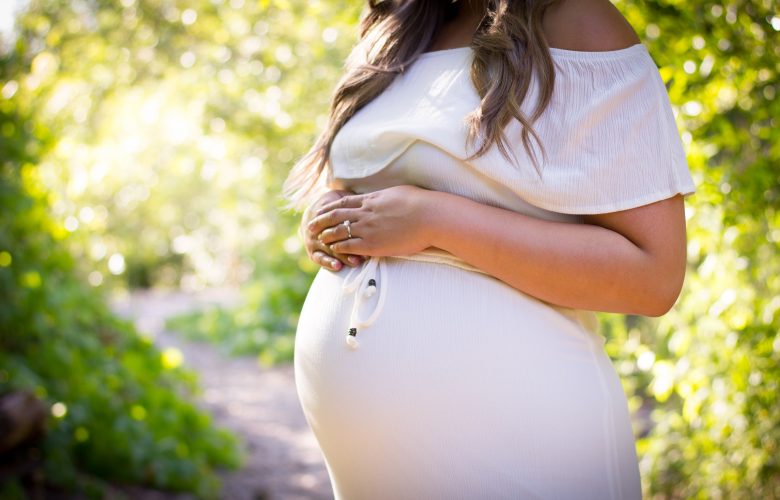Most every woman loves to be pampered with massage therapy. There are multiple benefits to partaking in massages: better blood flow, stress-relieving, and pain management. But what are pregnant women to do? If you’re one of the women currently with child, your massage therapist can offer you a pregnancy massage. Below are some FAQs about what to expect when you’re planning a massage.
What are the differences between a traditional deep tissue massage and a prenatal massage?
The notion of being able to have a massage during pregnancy is relatively new. The new trend has been proven to reduce general pregnancy discomfort during the first trimester. Scientific research has also shown that a massage therapist can help expectant mothers stay calm and reduce high blood pressure.
If you are expecting and would like to partake, you should look into finding a qualified therapist familiar with the field of prenatal massage for your appointment. You would also want to check any of their qualifications to make sure they are the perfect match for you. A typical appointment would use the values based on Swedish massage techniques. The reason behind this is the Swedish methods have special benefits to reducing muscle tension, improving blood circulation, and lymphatic drainage.
Most massages, whether standard or prenatal, use essential oils to bring awareness to the patients’ surroundings and help with relaxation. It is important to note that some aromatherapy oils can cause uterine contractions. These oils include oregano, nutmeg, peppermint, thyme, basil, sage, and rosemary. If you are sensitive to certain smells, you can ask your therapist to use an oil with no scent.
What makes a prenatal massage different?

Many expectant mothers ask this question and are surprised by the answer. This massage is specially designed for pregnant women and differs from a traditional massage because there can be risks involved if the wrong pressure points are stimulated. The pressure points in question revolve around the wrists and ankles. Suppose they are massaged in such a way it can often cause the uterus to start contracting. Since there is a baby inside the mother, the massage therapist needs to be aware of how hard they are applying pressure so the baby must be factored in. While in a traditional massage, the therapist can apply strong pressure to most body parts without a foreseeable problem.
A huge plus of massage is having your spouse join you. A couple’s massage is a great way to stay connected emotionally and physically before the new bundle of joy arrives. If you are lucky, your massage therapist may even show your partner some tricks of the trade for at-home use.
When should you avoid A Post Natal Massage lying down,
Most spas will have special body positions and equipment to help you out. Your therapist will want to fill you in on the best body position to boost the appointment’s effectiveness. You will most likely be recommended to lie on your side as this can often be the most comfortable.
When should you avoid a postnatal massage?
If your doctor or midwife advises against the massage, you should listen. Often if you are in a high-risk pregnancy category, your doctors will also caution you. Pre-eclampsia, which is sudden swelling, will also hinder you from enjoying a spa day. Most massage therapists have a standard policy that they will only perform massages during the first trimester. This is because, after 12 weeks, there is a higher chance of having a miscarriage.
Sometimes, an expectant mother just needs a little me time. Partaking in a maternal massage is one of the best ways to reconnect with one’s self and their precious cargo.
